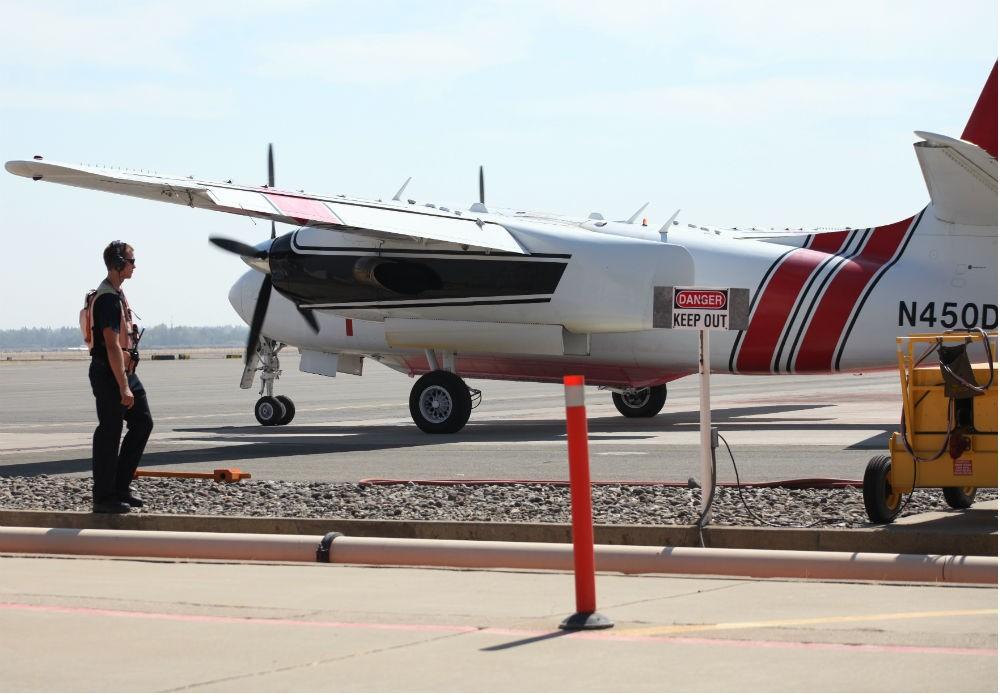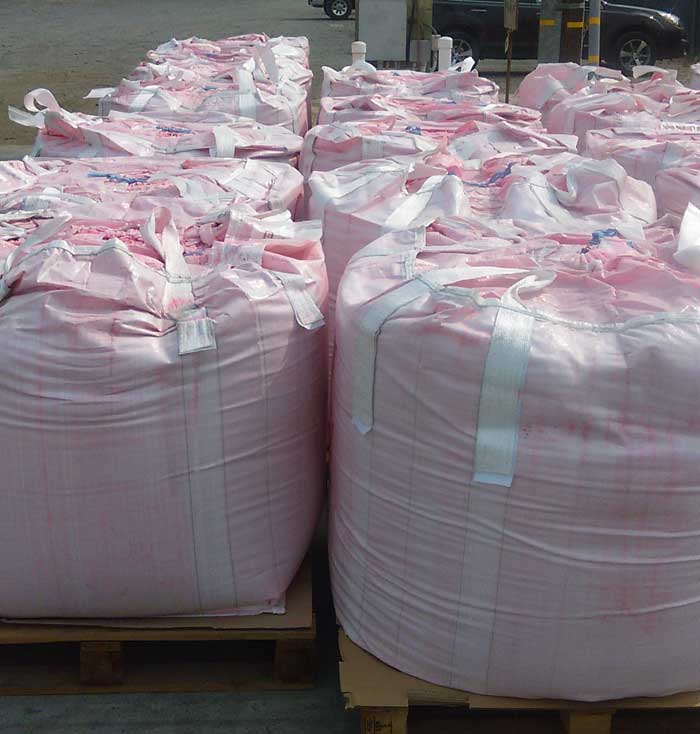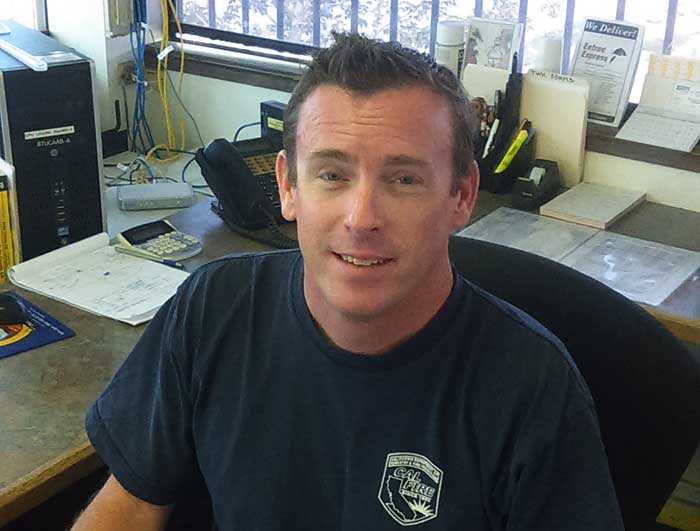Fourteen major wildfires are burning across California, leaving thousands of acres charred and covering much of the state in a blanket of smoke. Resources are being pulled from all over California to fight the wildfires, and the Chico Municipal Airport plays a key role as an air base in the firefight.
“This has been a very active base this summer so far,” said Matt Davis, CAL FIRE Captain. “We have a long runway, we’re centrally located, we’re in the valley, we’re able to accommodate the heavier aircraft where other bases have weight restrictions.”
The air tankers used can be in and out of the Chico airport in as little as five minutes, according to Davis. There are three loading pits where the aircraft are refueled and refilled with fire retardant. Airplanes with propellers in the front can even “hot load” and be left running while being refueled.

Firefighting operations across the state are directed by two coordination centers— one in Redding that is responsible for Northern California and one in Riverside that directs the southern half of the state.
The coordination centers send out scout planes to determine whether conditions are safe for aircraft and ground crews, then pull the nearest available resources to fight the wildfires. This means the Chico airport is used on an as-needed basis. Some days are very busy while some days see little to no activity, Davis said.
“The day before last, we were busy from noon until 8 p.m. We’d load five or six air tankers continuously throughout the day,” he said. “Yesterday we sat. We didn’t move one.”
Aircraft coming in and out of Chico can fly anywhere in the state if needed. Some have flown as far as the Oakland area and east of Livermore, according to Davis.
Besides being an air base, the Chico airport helps in the firefight by mixing fire retardant on site. It is made by mixing the fire retardant powder with water.

The powder and water are then churned by a propeller in a batch mixer, then stored in one of three storage tanks. Each tank holds 25,000 gallons of fire retardant, and altogether 75,000 gallons sit ready for the air tankers, Davis said.
The Chico airport is one of the largest firefighting air bases north of Sacramento because it can accommodate the large aircraft, most of which are gutted military cargo tankers. Most of the state’s fleet has been retrofitted for firefighting purposes, and some aircraft are as old as 50 years old.
The CAL FIRE air base operates during fire season which is normally from June to October. That time can either be cut short or extended depending on weather conditions. The base opened in April this year because of the drought and will stay active until two or three inches of rainfall, Davis said.
Until the rain comes, the Chico airport will continue to assist in preventing further destruction caused by wildfires.

“This is a fairly busy season,” Davis said. “I’ve been here for six years and this been probably one of the busiest I’ve seen.”
Austin Herbaugh can be reached at newseditor@theorion.com or @aherbaugh on twitter.




